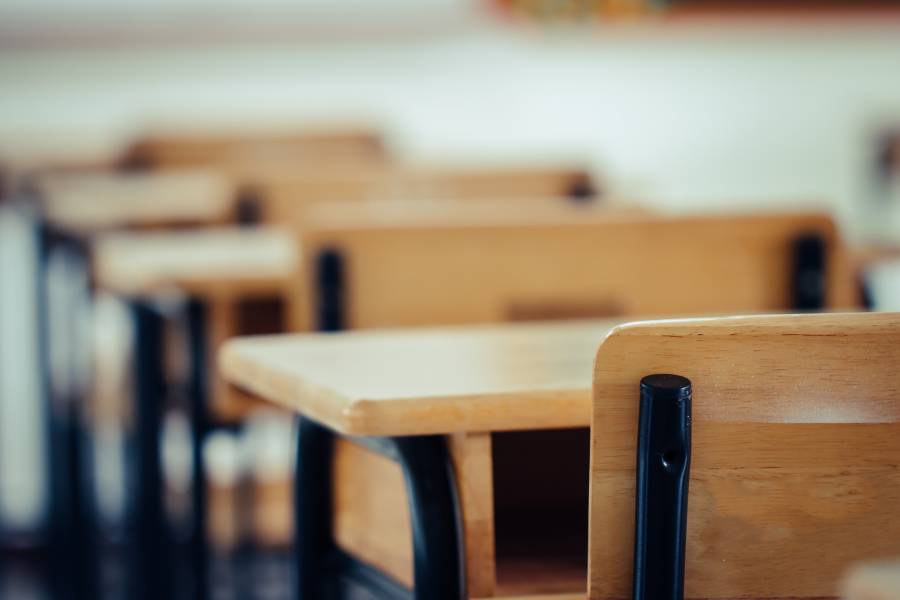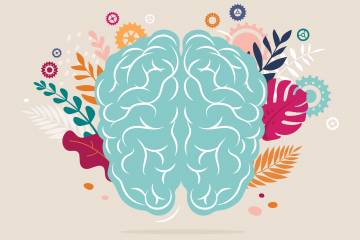The closure of schools midsemester and the transition to online learning have forced a great reckoning in American education. As with the health care sector, the education system stands to be profoundly transformed by the COVID-19 pandemic.
"It's exposing gaps across the country," says Bob Balfanz, a professor at the Johns Hopkins School of Education and director of the Everyone Graduates Center. "My hope is that people see this as an opportunity to fill those gaps."
Balfanz says the gaps fall into two categories: Macro-level challenges that exist at the school district level and micro-level challenges that affect individual school experiences.
At the district level, decisions must be made about how to respond to mandatory closures, Balfanz says. If the response involves a move to remote learning, then students must have access to laptops and internet access. Otherwise long-standing disparities grow wider.

Image caption: Bob Balfanz
Image credit: Jim Burger for Johns Hopkins University
"Districts have wildly different capacities and wildly different challenges, and it's all complicated by socioeconomic differences," Balfanz says. Perhaps not surprisingly, districts with more resources and capacity for aiding students will perform better than districts that have less capacity. This can amplify disparities along racial, social, and economic lines.
At the micro-level, Balfanz says the big open question is how to keep students connected to their schools despite social distancing and remote learning. In times of stress, kids become less engaged with their remote learning if they don't stay connected to their schools and peer groups. He recommends using a concept he calls "connectedness," in which the school is more than a place of education but rather a focal point for an entire community to combat this challenge.
Beyond mere instruction, which is hard enough, Balfanz says the goal is to keep kids engaged, to let them know there are still adults out there who know them by name, who care about them, and who want to stay in contact. But this is a challenge in a system where barriers have been erected intentionally and specifically to prevent communication between teachers and counselors and their students outside school property. In the case of social distancing, those barriers must be removed or transcended.
A similar relationship exists among student peer groups within the context of the school community, Balfanz says. Schools must not lose sight of the value of social efforts, such as clubs and extracurricular activities, in strengthening a student's sense of connectedness to their school. He encourages schools to do everything they can to maintain some sense of business-as-usual, including using remote learning tools and social media to keep the social fabric of the school intact.
"A drama club might put on old-fashioned radio plays via Zoom, or the Math Club could meet online to solve problems together," Balfanz says.
Balfanz says the nation has a once-in-a-lifetime opportunity to strengthen the capacity of schools across the board after the COVID-19 pandemic is contained. A surge of resources for the education sector would do more than just improve schools in poorly performing areas; it would provide a much-needed morale boost and an economic shot in the arm to the nation. The U.S. might consider commissioning a nationwide reserve of laptops for future crises, much the same way ventilators and health equipment are stockpiled now, Balfanz says.
"With such a surge, school districts would not be stuck in place, but would get the extra help they need to make lasting and meaningful improvements," Balfanz says. A nationwide effort to recalibrate the educational system would speed the economic recovery and potentially reach into every neighborhood in the country.
"These are big, structural changes that are more about the thinking for next time," Balfanz says. "It's not too far-fetched and now is the time to do it."









